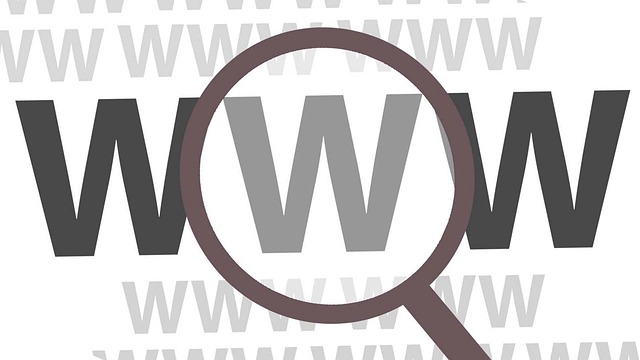
The HTML ‘<!DOCTYPE>’ declaration is a subtle yet crucial element in web development. It influences how web pages are interpreted and displayed by browsers. This post explores the significance of ‘<!DOCTYPE>’ declarations and why HTML5’s declaration is now the standard choice for modern web development.
Defining the HTML <!DOCTYPE> Declaration
In HTML (Hypertext Markup Language), the ‘<!DOCTYPE>’ declaration serves as a roadmap for web browsers. It specifies the type and version of the HTML document in which a web page is written. This declaration is placed right at the beginning of an HTML document, preceding even the ‘<html>’ element. It’s important to note that the ‘<!DOCTYPE>’ declaration is not an HTML tag or an element; it’s a special instruction to the web browser. Its syntax is simple and clear:
<!DOCTYPE html>
The example above represents HTML5, which is the latest and most widely used version of HTML. HTML5 offers more flexibility and permissiveness in coding web pages compared to its predecessors.
The Multifaceted Role of <!DOCTYPE>
The HTML <!DOCTYPE> declaration serves several crucial purposes:
- Document Type Identification: One of the primary roles of the ‘<!DOCTYPE>’ declaration is to inform the web browser about the version of HTML used in the document. This is critical because different HTML versions come with varying rules and features. By knowing the document type, the browser can render the page accurately, ensuring a seamless user experience.
- Quirks Mode vs. Standards Mode: The presence of a ‘<!DOCTYPE>’ declaration is instrumental in determining whether the web browser should render the page in standards mode, which follows the W3C (World Wide Web Consortium) standards, or quirks mode, which is designed for older, non-standard code. Standards mode is preferred because it guarantees consistent rendering and behavior across different browsers.
- Validation: Web developers and tools can utilize the ‘<!DOCTYPE>’ declaration to validate the HTML code against the specific HTML version’s rules. This validation process ensures that the document is well-formed and complies with industry standards.
- Future Compatibility: Including a ‘<!DOCTYPE>’ declaration is considered a best practice in web development. It not only ensures that the web page will be rendered correctly in current browsers but also promotes adherence to web standards. This commitment to standards is vital for achieving cross-browser compatibility and future-proofing your web project.
Conclusion
In summary, the HTML ‘<!DOCTYPE>’ declaration might appear modest, but its role in web development is far from insignificant. It acts as a beacon for web browsers, guiding them through the intricacies of HTML code. By using the HTML5 ‘<!DOCTYPE>’, you align your project with modern web development practices and promote cross-browser consistency. So, when you embark on your next web development journey, remember that the ‘<!DOCTYPE>’ declaration is your trusted ally in ensuring proper rendering and consistent behavior across the digital landscape.